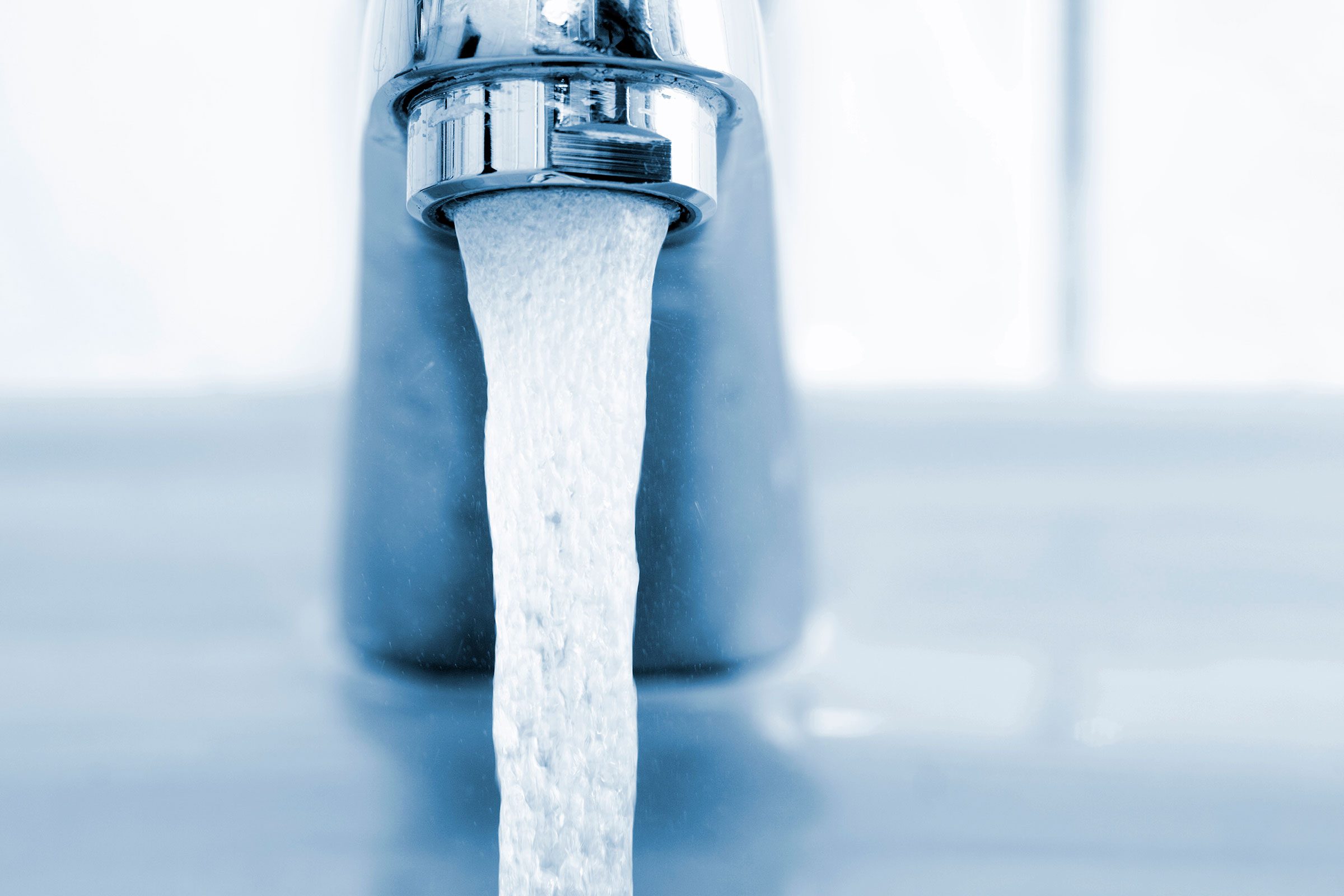Bottled Water Vs. Tap Water: Rethink What You Drink
Chemicals, contaminants, pollution, price: new reasons to rethink what you drink and beware of bottled water.

Remember the drinking fountain, that once ubiquitous, and free, source of H2O? It seems quaint now. Instead, bottled water is everywhere, in offices, airplanes, stores, homes and restaurants across the country.
We consumed over eight billion gallons of the stuff in 2006, a 10 percent increase from 2005. It’s refreshing, calorie-free, convenient to carry around, tastier than some tap water and a heck of a lot healthier than sugary sodas. But more and more, people are questioning whether the water, and the package it comes in, is safe, or at least safer than tap water—and if the convenience is worth the environmental impact.
What’s in That Bottle?
Evocative names and labels depicting pastoral scenes have convinced us that the liquid is the purest drink around. “But no one should think that bottled water is better regulated, better protected or safer than tap,” says Eric Goldstein, co-director of the urban program at the Natural Resources Defense Council (NRDC), a nonprofit organization devoted to protecting health and the environment.
Yes, some bottled water comes from sparkling springs and other pristine sources. But more than 25 percent of it comes from a municipal supply. The water is treated, purified and sold to us, often at a thousandfold increase in price. Most people are surprised to learn that they’re drinking glorified tap water, but bottlers aren’t required to list the source on the label.
This year Aquafina will begin stating on labels that its H2O comes from public water sources. And Nestlé Pure Life bottles will indicate whether the water comes from public, private or deep well sources. Dasani acknowledges on its website, but not on the label itself, that it draws from local water.
Labels can be misleading at best, deceptive at worst. In one notorious case, water coming from a well located near a hazardous waste site was sold to many bottlers. At least one of these companies labeled its product “spring water.” In another case, H2O sold as “pure glacier water” came from a public water system in Alaska.
Lisa Ledwidge, 38, of Minneapolis, stopped drinking bottled water a couple of years ago, partly because she found out that many brands come from a municipal supply. “You’re spending more per gallon than you would on gasoline for this thing that you can get out of the tap virtually for free,” she says. “I wondered, Why am I spending this money while complaining about how much gas costs? But you don’t ever hear anyone complain about the price of bottled water.” Ledwidge says she now drinks only filtered tap water.
No comments:
Post a Comment